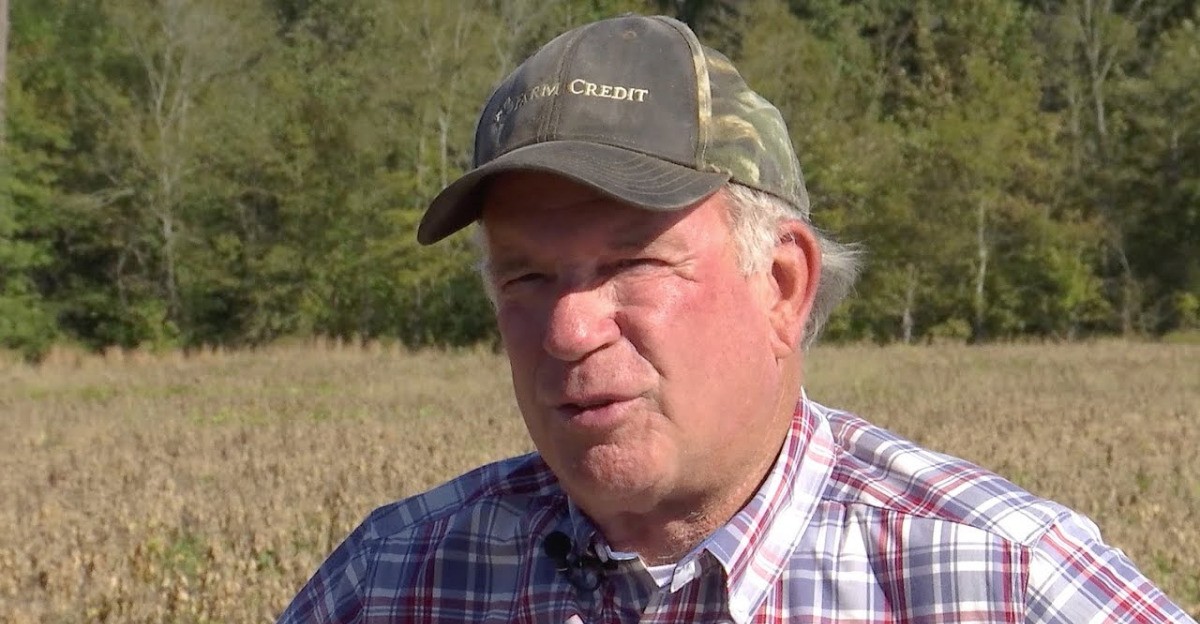
Across the globe, a familiar morning ritual is at risk of disappearing as the cost of a breakfast staple surges. In Brazil, consumers have seen rising prices at the grocery store for the second month in a row, with milk being remarkably more expensive compared to the previous year.
The trend is not isolated: similar pressures are mounting in other major dairy markets. Consumers everywhere are noticing that what was once an affordable staple is not straining household budgets.
Analysts warn that if conditions persist, the situation in Brazil could foreshadow what’s ahead for American families, where milk is also a dietary cornerstone.
Weather Wreaks Havoc on Dairy Farms
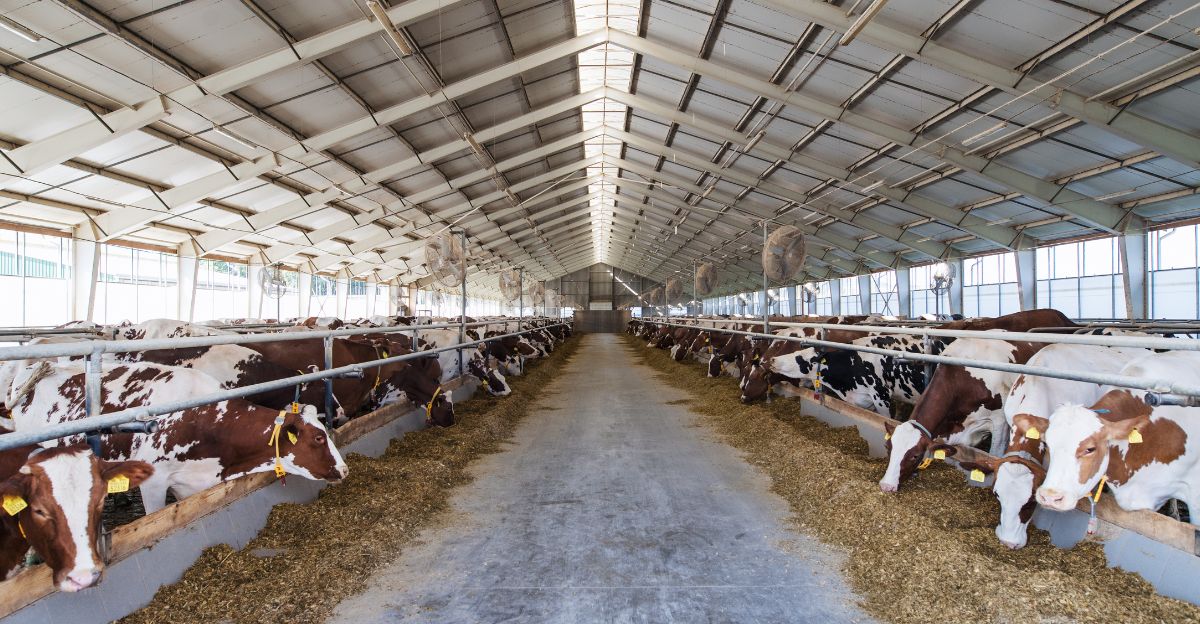
Severe weather is a primary driver behind the price increases. In Brazil, high temperatures and a lack of rain have created the perfect storm for reduced milk production. Farmers find it increasingly difficult to keep up production as pastures dry up and feed becomes scarce.
Such factors are not exclusive to Brazil; climatic instability increasingly impacts dairy producers worldwide. When natural production cycles are disrupted, the ripple effect is felt in grocery aisles as prices spike and supplies dwindle.
The situation illustrates the dairy industry’s vulnerability to environmental conditions, a lesson not lost in the U.S., where producers endure similarly extreme weather.
The Supply and Demand Tug-of-War
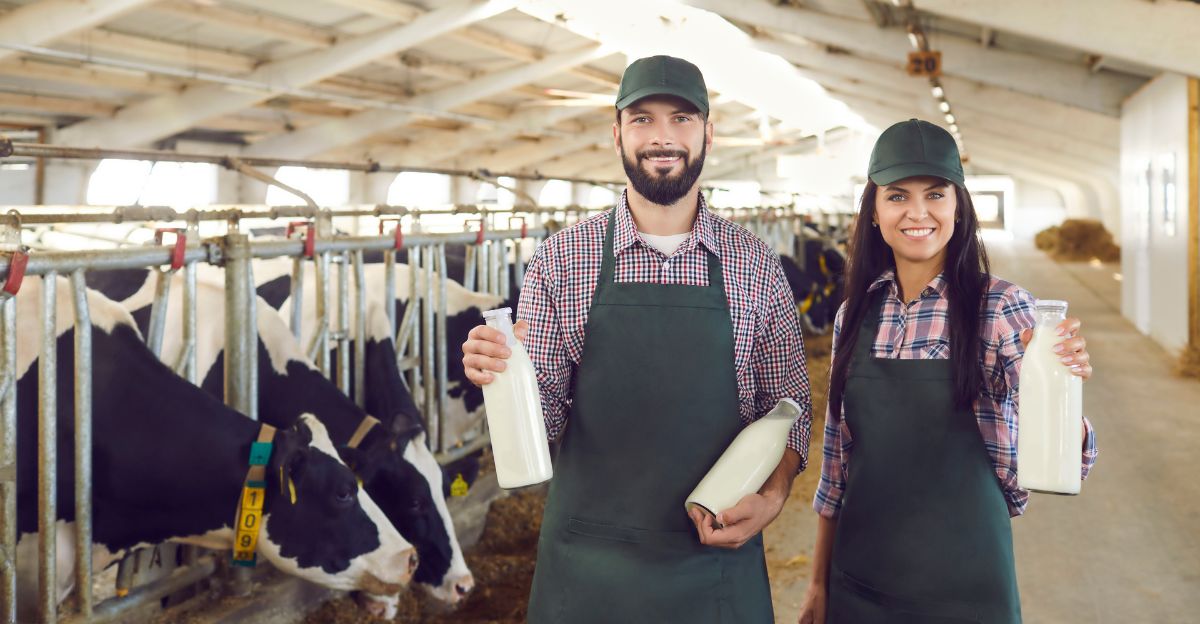
Ultimately, the price of milk is determined by supply and demand. Lower production due to weather woes in Brazil has also limited supply, while consumer demand for dairy products has remained robust.
Processors are competing for a shrinking pool of raw milk, which is pushing prices even higher. This is not confined to Brazil; it could happen to any major dairy market.
As production falls short of demand, families are forced to make tough choices at the checkout, and the affordability of milk, a symbol of nutrition and comfort, becomes a growing concern for households everywhere.
The Ripple Effects of Production Cuts
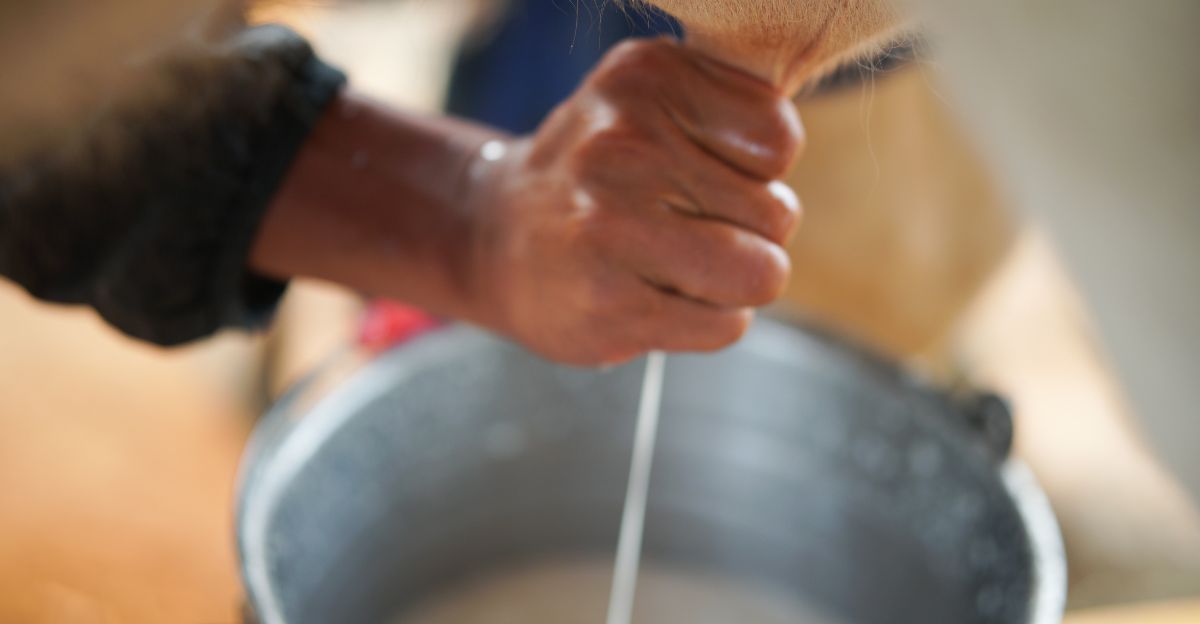
When milk production declines, the effects cascade through the entire supply chain. In Brazil, the Cepea Milk Production Index dropped by 4.6% from January to February, a significant decline that sent shockwaves through the market.
Processors, ,retailers and ultimately consumers all lose out. The situation offers a lesson for American farmers, who are dealing with equally unpredictable weather and soaring input costs themselves.
With the price of milk and dairy foods increasing as production declines, families are once again faced with higher grocery bills, a scenario that could soon become a reality in the U.S. if current trends continue.
The Hidden Costs of Climate Change
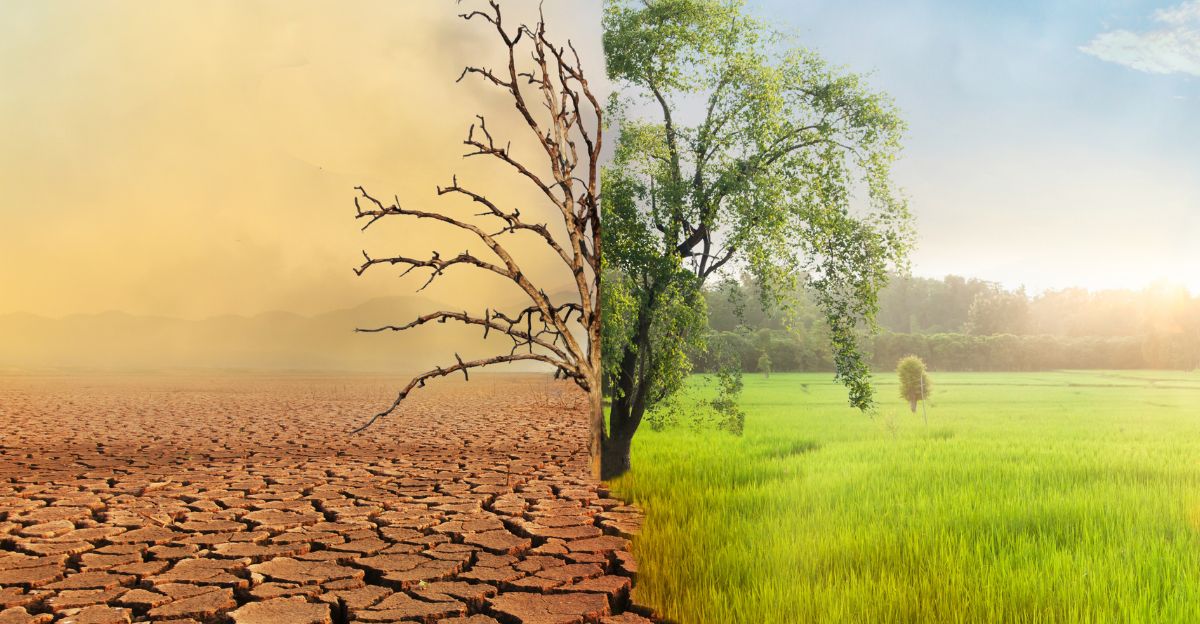
Climate change isn’t merely an environmental issue — it’s also a direct threat to the affordability of food. In Brazil, hotter weather and irregular rain are making it harder to grow cattle feed, and that in turn reduces milk production. Similar difficulties are appearing elsewhere in other dairy-producing regions.
The rising costs of feed and harder to source, farmers face rising costs, which are passed on to consumers.
The result is a vicious cycle: rising prices at the store, mounting strain on family budgets, and increasing uncertainty about the long-term availability of a basic food staples in homes around the world.
The Consumer’s Dilemma: Pay More for Food or Go Without

Rising prices for milk mean many families must make difficult decisions. In Brazil, some consumers have resorted to cheaper, less nutritious substitute foods to make their food budgets go further. The trend is a reminder that when prices go up, the most vulnerable are often hit the hardest.
In the United States, where milk is a dietary staple, comparable price increases might compel families to rethink their breakfast habits. That scenario is part of a larger dilemma of food affordability when climate volatility and economic uncertainty are growing, turning even the simplest items into luxuries for some.
Farmers Caught in the Crossfire
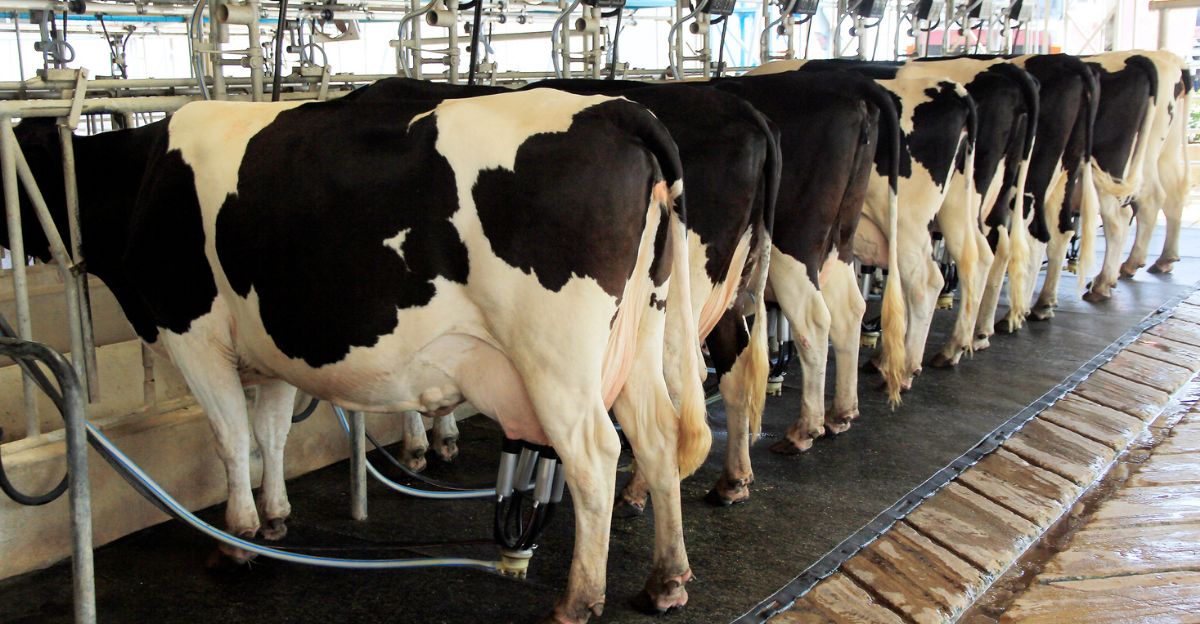
Dairy farmers are on the front lines of the price crisis. Many producers are not able to cover their costs as a result of high input prices and low farmgate returns.
Roughly 60% of Brazilian dairy farmers are projected to lose money on equity this season, according to recent accounts.
It is a cautionary example for American farmers, who are grappling with higher feed, fuel, and labor costs. Without any relief, more producers may go out of business, further tightening supply and pushing prices even higher for consumers.
Government and Industry Responses
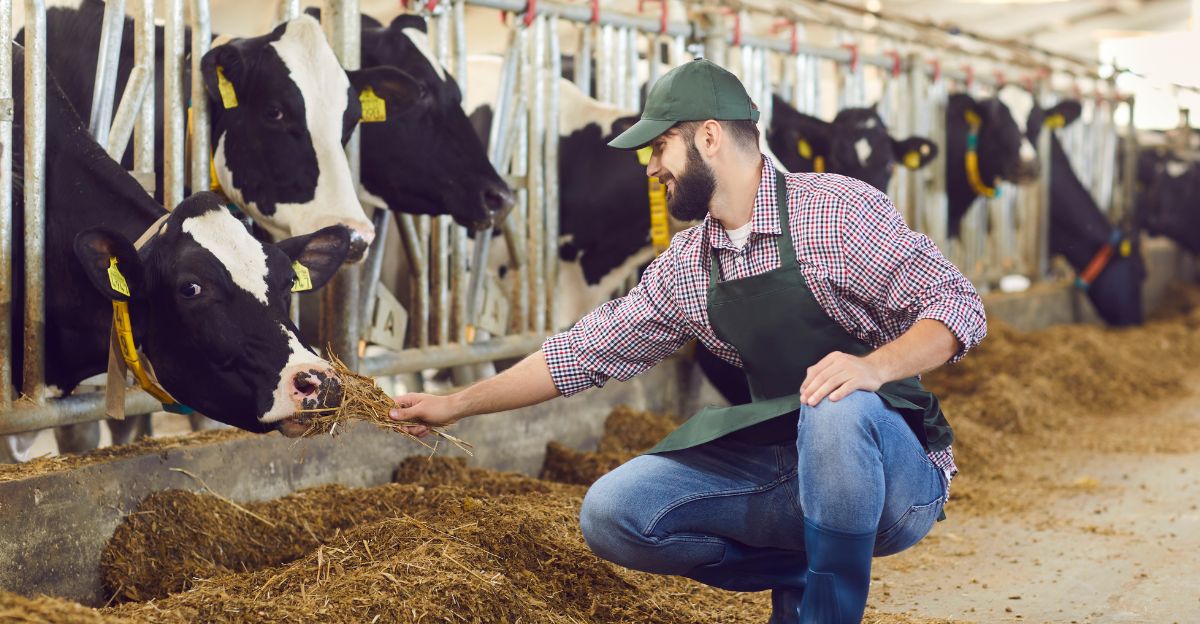
IN response to the crisis, governments and industry leaders are taking action. Brazil has announced tax breaks and subsidies aimed at supporting struggling dairy farmers and stabilizing the market. Similar interventions could be necessary in the U.S. of milk price continue to rise.
Meanwhile, international organizations are investing in initiatives to bolster dairy supply chains and improve food security.
These efforts are crucial to ensuring milk remains affordable and accessible, but they also illustrate the increasing difficulty of managing food systems in an era of climate and economic instability.
Innovation and Investment
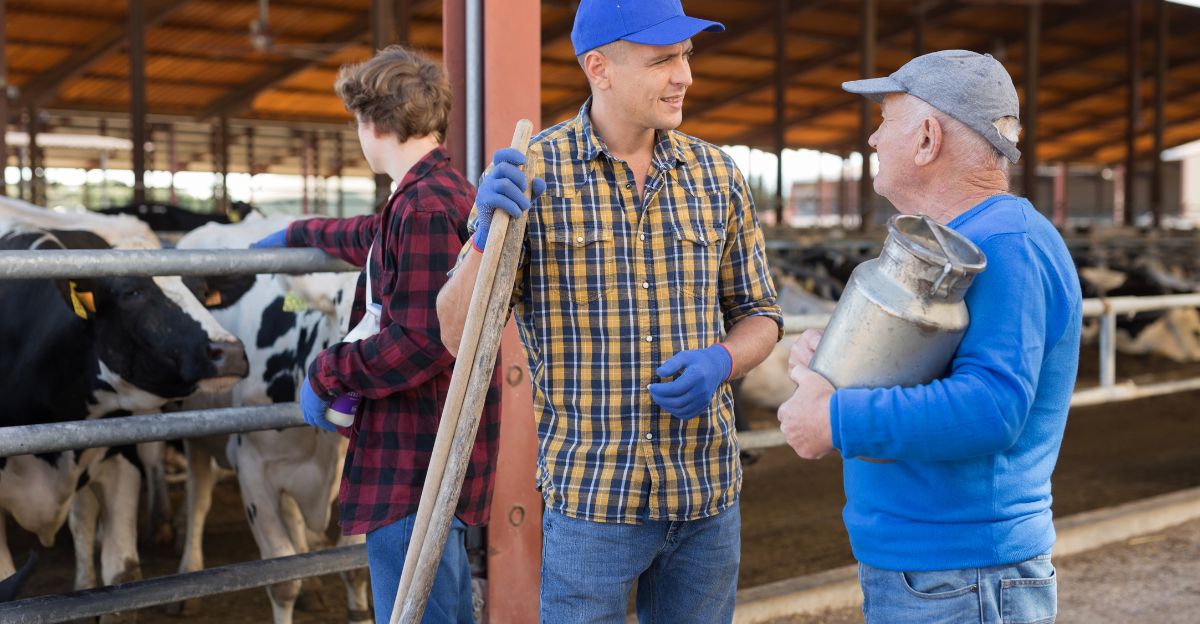
Innovation is key to overcoming these challenges in the dairy sector, but producers must also invest in resilience. In Brazil, a few farmers are experimenting with new practices and technologies to increase productivity and lower expenses.
The same opportunities exist for American producers, who can benefit from advances in feed efficiency, herd management, and sustainability practices.
Through greater production and less dependence on imports, the dairy sector can contribute to stabilizing prices and ensure that milk remains a staple of breakfast for families around the world.
Looking Ahead

The future of milk affordability hangs in the balance. In Brazil, the combination of climate shocks, rising costs, and strong demand has created a perfect storm for higher prices. The situation is a warning for the United States and other major dairy markets.
As consumers, producers and policymakers search for solutions to these issues, the importance of collaboration and adaptation has never been greater.
The question remains: will milk, a symbol for nourishment and comfort, remain within reach for all, or will it become a luxury reserved for the few?
